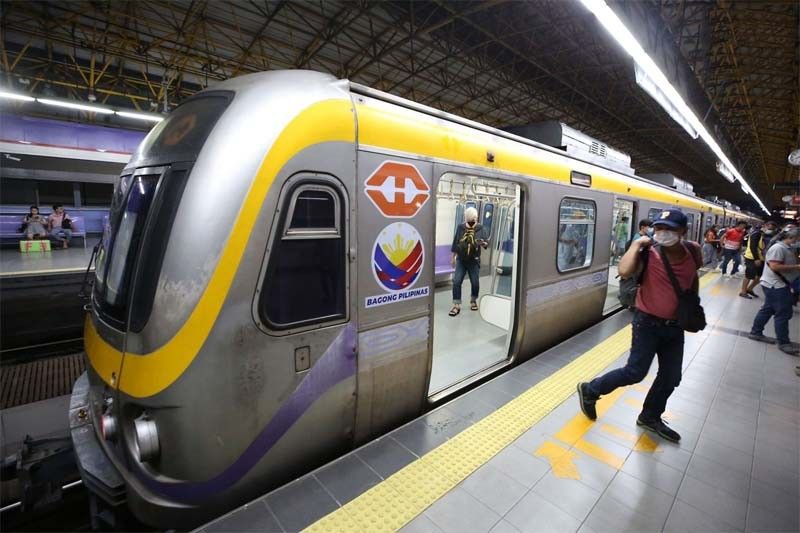LRT-2 revenue nears 2019 level

MANILA, Philippines — The Light Rail Transit Line 2 (LRT-2) is close to recovering its pre-pandemic levels of ridership volume and ticket sales, having already surpassed its 2022 numbers with two months left in the year.
In a report, the Light Rail Transit Authority (LRTA), the operator of LRT-2, said revenue collection spiked by 87 percent to P883.2 million in the 10 months to October.
In October alone, the LRTA recorded its highest monthly ticket sales in five years at P113.04 million, nearly reaching the P115 million recorded in the same month in 2018.
Before the 2019 pandemic, the LRTA collected a total of P1.07 billion from railway passengers. This means that the agency only needs to raise P184.8 million in November and December to reach its pre-crisis level.
According to the LRTA, LRT-2 ridership has increased by 68 percent to 40.59 million as of October, from 24.12 million during the same period last year. In 2019, passenger traffic in LRT-2 reached nearly 57 million.
With adjusted fares in place, the LRTA expects to generate P1.2 billion in rail revenue this year in line with the projection to earn P1.66 billion in 2024, P2.19 billion in 2025 and P2.33 billion in 2026.
The LRTA requires as much funding as possible, both from state subsidies and ticket sales, to support the maintenance and upgrade of the LRT-2.
For one, the agency needs P10.12 billion to deliver the LRT-2 West Extension Project that seeks to expand the railway by more than three kilometers to the west of the Recto Station.
The project intends to add stops in Tutuban, Divisoria and Pier 4 to serve the transit demand on that side of Metro Manila. It also aims to bring in 20 new light rail vehicles for LRT-2 to support additional ridership in the future.
For this year, the LRTA expects LRT-2 ridership to reach 55.91 million. Subsequently, passenger traffic on the railway is projected to increase to 70.49 million in 2024, 92.89 million in 2025, and 98.69 million in 2026.
LRTA is confident it can achieve its projections with the return of onsite schooling and work.
The LRT-2, which starts in Manila City and terminates in Antipolo, Rizal, crosses the University Belt – a stretch of universities and colleges in Metro Manila – making it a viable transport option for students.
- Latest
- Trending






























